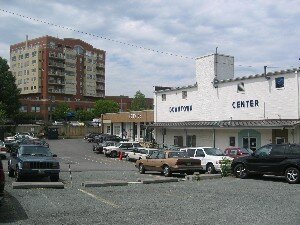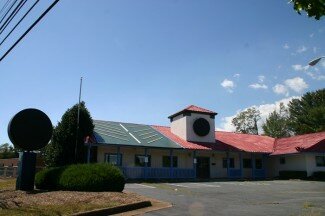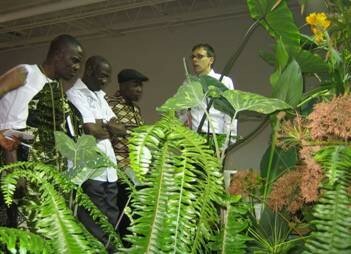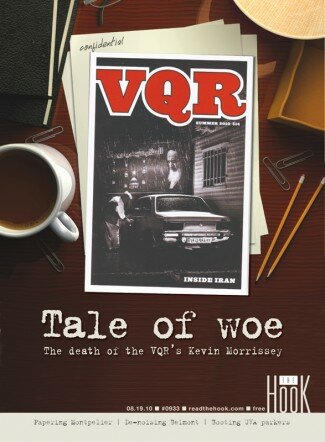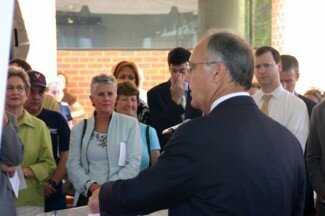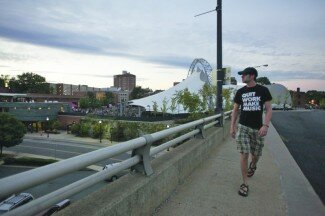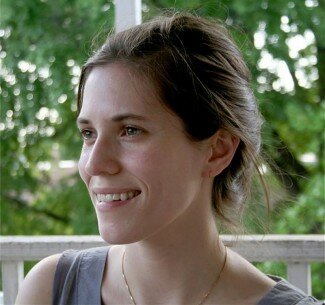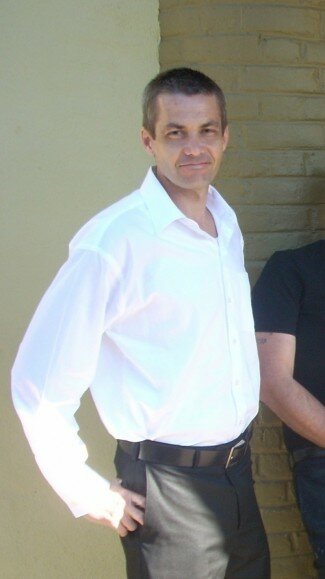 Bel Rio owner Jim Baldi.
Bel Rio owner Jim Baldi.
FILE PHOTO BY DAVE MCNAIR
Bel Rio, the Downtown Belmont restaurant and music venue that has sparked a passionate debate over noise-levels at night spots—which led to an amended City noise ordinance—appears to have disappeared, along with its owner, without a sound.
A sign on Bel Rio’s door last week announced that the venue would be closed for two weeks for vacation and kitchen renovations, but that was news to building owner Jeff Easter.
“I still haven’t heard from him,” says Easter of Bel Rio owner Jim Baldi. “I think he’s gone.”
Easter, a critic of the proposed 55db noise ordinance, which he believes is too low, nonetheless asked Baldi to tone it down following a July 3 incident after a private party at the restaurant during which there were altercations in the street, the police were called, and several people resisted arrest. Indeed, Tomas Rahal at MAS says that customers of his were afraid to leave the restaurant to go to their cars that night.
“When you have people screaming and yelling at 2:30 in the morning,” says Easter, “that’s a nuisance.”
Indeed, while musicians, Belmont residents, and City officials earnestly debated the noise ordinance, and whether or not Bel Rio’s late night music scene was a boon or bust for the neighborhood, Baldi seemed to be staking his success, at least in part, on late night parties.
“Jim said he couldn’t make it without the private parties,” says Easter. “I told him that’s not my problem.”
Baldi partnered with C&O’s Dave Simpson and Gareth Weldon to open Bel Rio in November 2008, but Simpson sold his interest in the restaurant to Baldi in October of last year after having second thoughts about the partnership.
Weldon, too, parted ways with Baldi, but he did not immediately respond to Dish’s call for comment by press time.
Meanwhile, no one seems to know where Baldi is— or when he’ll be back. Indeed, Dish spent most of last week trying to locate him with no success.
Local realtor Roger Voisinet, whom Baldi hired to sell his house at 900 Elliott Avenue, says Baldi contacted him last Tuesday via text message, saying he was going to Chicago and giving him his ex-wife’s phone number if anything came up concerning the house.
“I texted him back,” says Voisinet, “but I haven’t heard from him.”
When Dish called Baldi’s ex-wife, a family member answered (more)
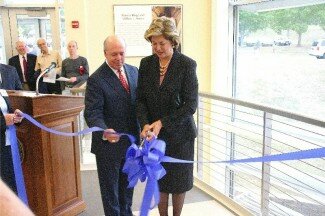 William Moses and his wife Paticia Kluge, who donated $1.2 million to the project, cut the ribbon in the building that bears their names.
William Moses and his wife Paticia Kluge, who donated $1.2 million to the project, cut the ribbon in the building that bears their names.

 Comments(7)
Comments(7)